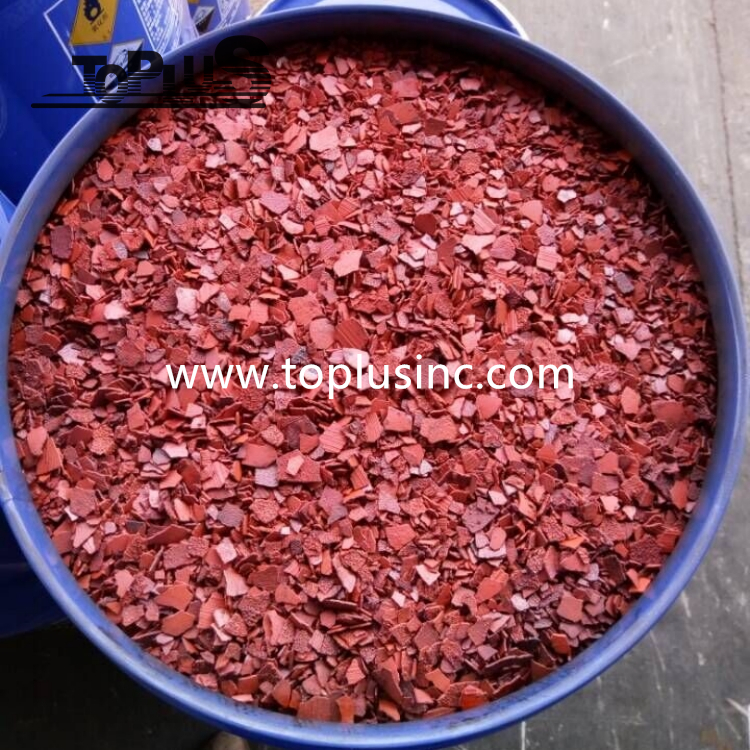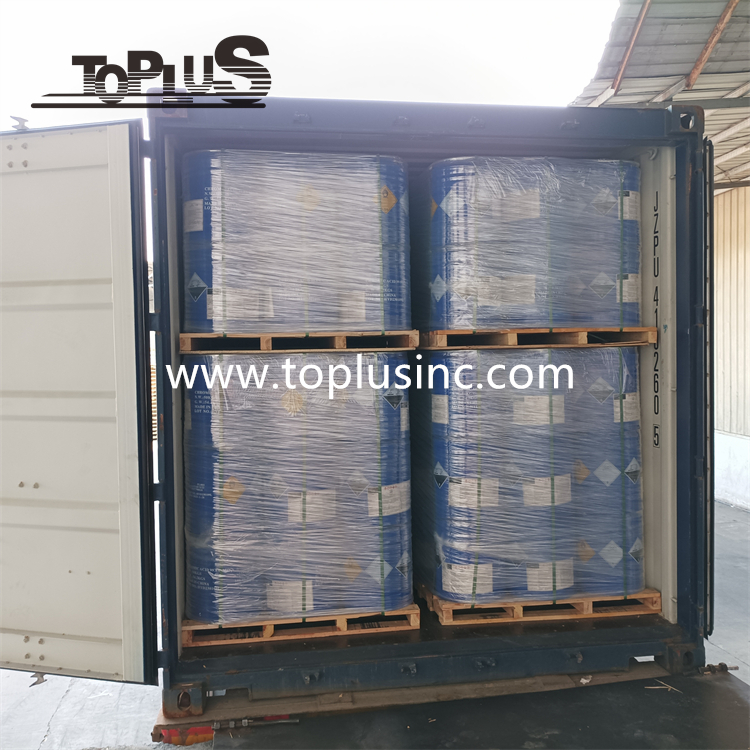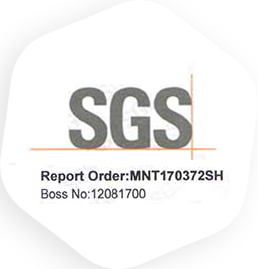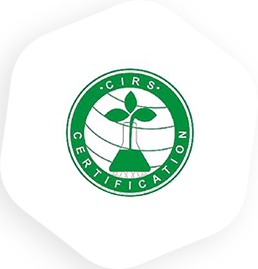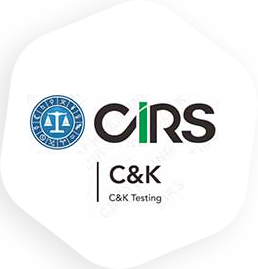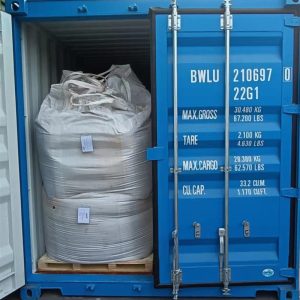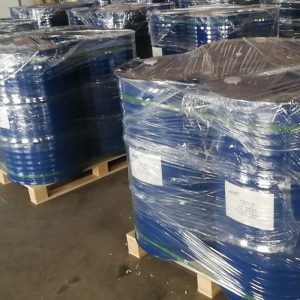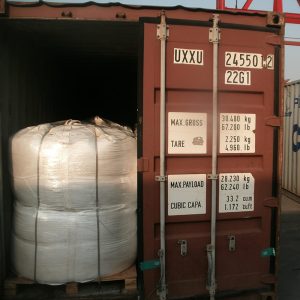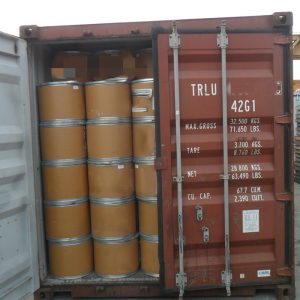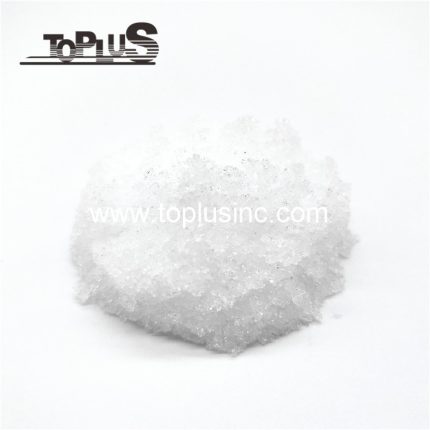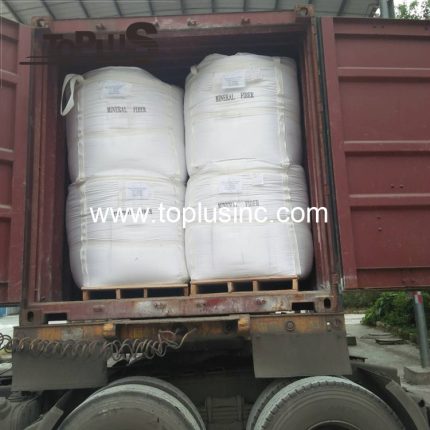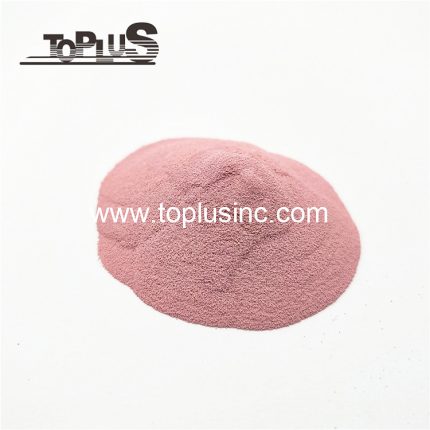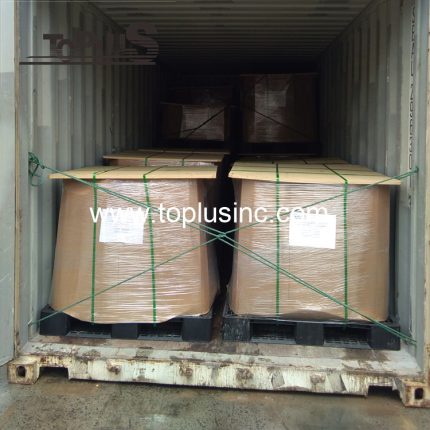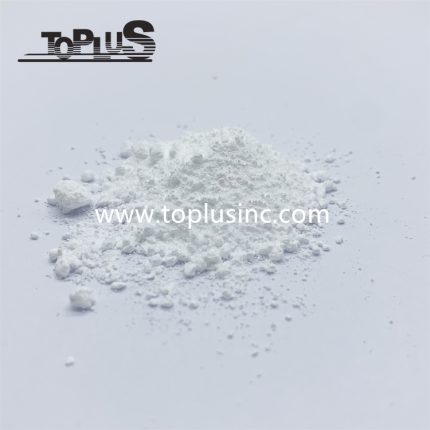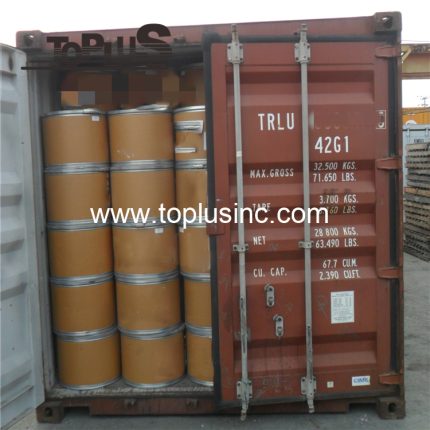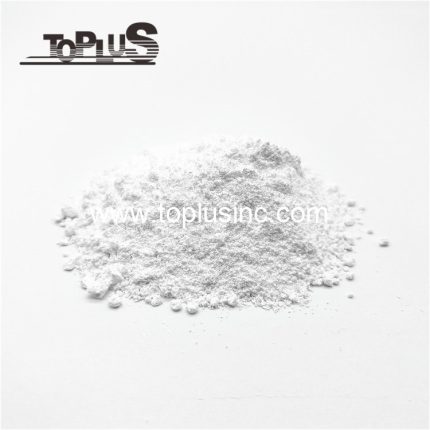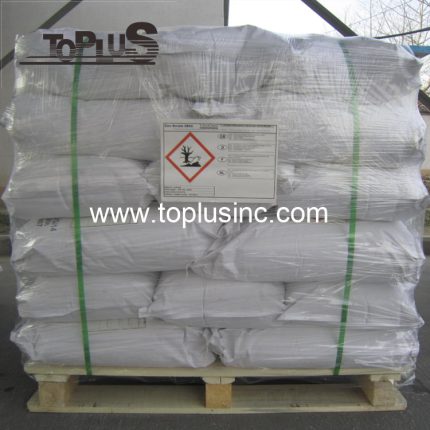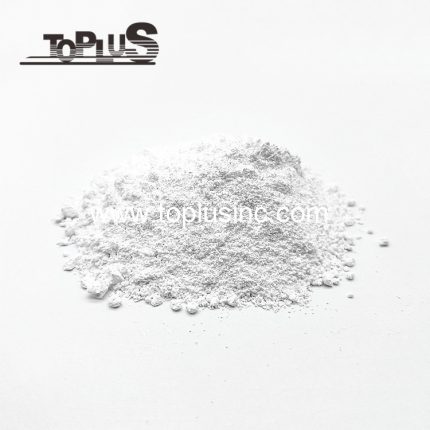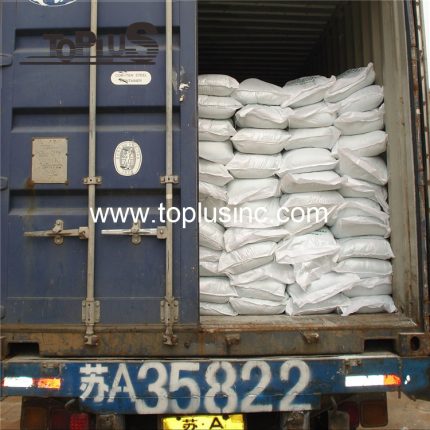Chromic Acid
PRODUCT DESCRIPTION
Molecular Formula:
CrO3Purity:
97%min.Cas No.:
1333-82-0Einecs No.:
215-607-8Synonym:
Chromium Oxide (CrO3), Chromic Anhydride, Chromic Trioxide, Chromium Trioxide, Chromium(VI) oxide, etc.Images:
Description
Chromic Acid is an inorganic compound. The Chromic Acid formula is CrO3, a dark red or purple crystalline powder. The density of chromic anhydride is 2.7 g/cm³. Chromic acid’s melting point is 196°C. The boiling point is 330°C. CAS is 1333-82-0, soluble in water, sulfuric acid, nitric acid, ethanol, ether, acetic acid, and acetone.
Chromic Acid Uses
- Chromic Acid contributes to the electroplating industry and the production of high-purity chromium metal. It is the raw material for manufacturing chrome oxide green and zinc chrome yellow. It is also the raw material for producing low-temperature shift catalysts, high-temperature shift catalysts, and high-pressure methanol synthesis catalysts. Using CrO3 as a mordant when dyeing wool fabrics and as an oxidant in the printing and dyeing industry. In addition, it also helps with wood preservation.
- Chromic acid can act as a catalyst for the medium-pressure production of polyethylene in the Phillips process.
- It can also contribute to a raw material for dyes, a mordant, a tanning agent, and a catalyst for organic synthesis reactions. In addition, it is also used in industries such as medicine, ceramics, and colored glass.
- Using Chromic Trioxide to prepare analytical reagents, strong oxidants, and chromates.
- In applying galvanized passivation, chromic anhydride contributes to the passivation of the galvanized layer, and it is the main component of the film. In the chemical oxidation of aluminum and alloys, chromic anhydride is an oxidizing agent in the solution and an indispensable element for forming a film.
Request a Quote
Download product spec
I consent to the processing of personal data and agree with the user agreement and privacy policy

 Agricultural Materials
Agricultural Materials Ceramics Materials
Ceramics Materials Electronic Materials
Electronic Materials Metallurgy Materials
Metallurgy Materials New Energy Materials
New Energy Materials Petrochemical Materials
Petrochemical Materials Surface Treatment
Surface Treatment